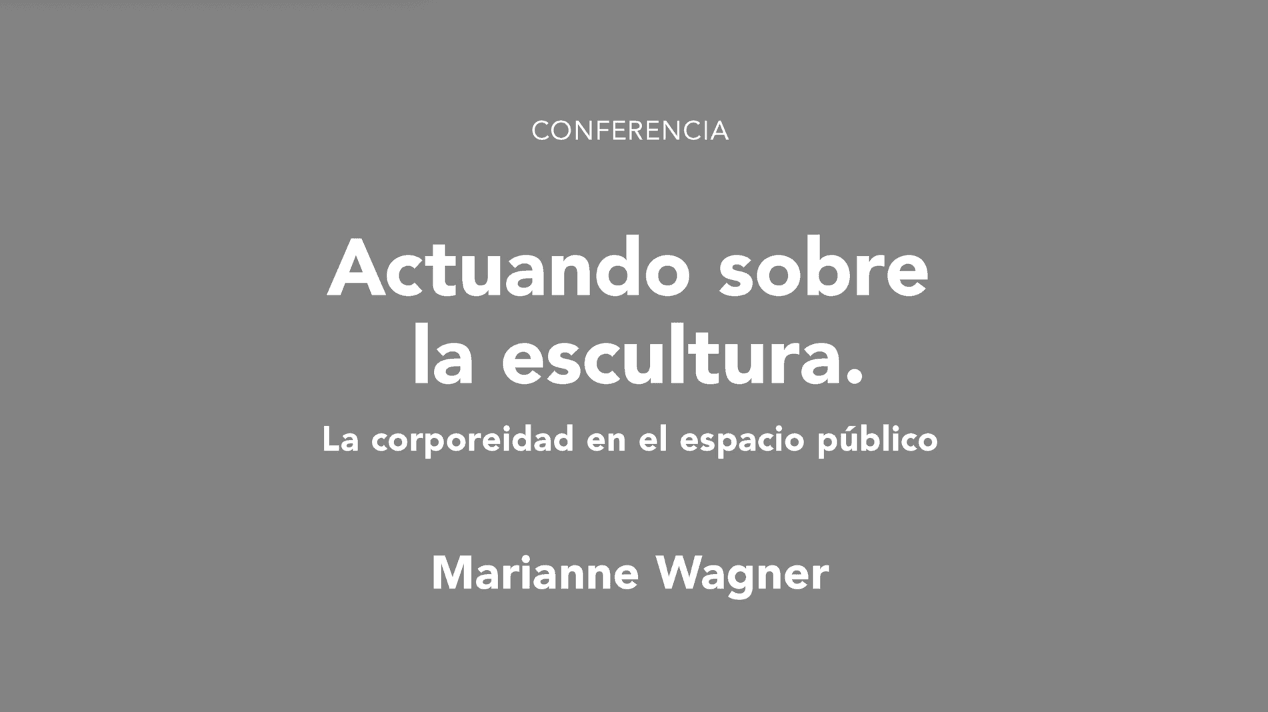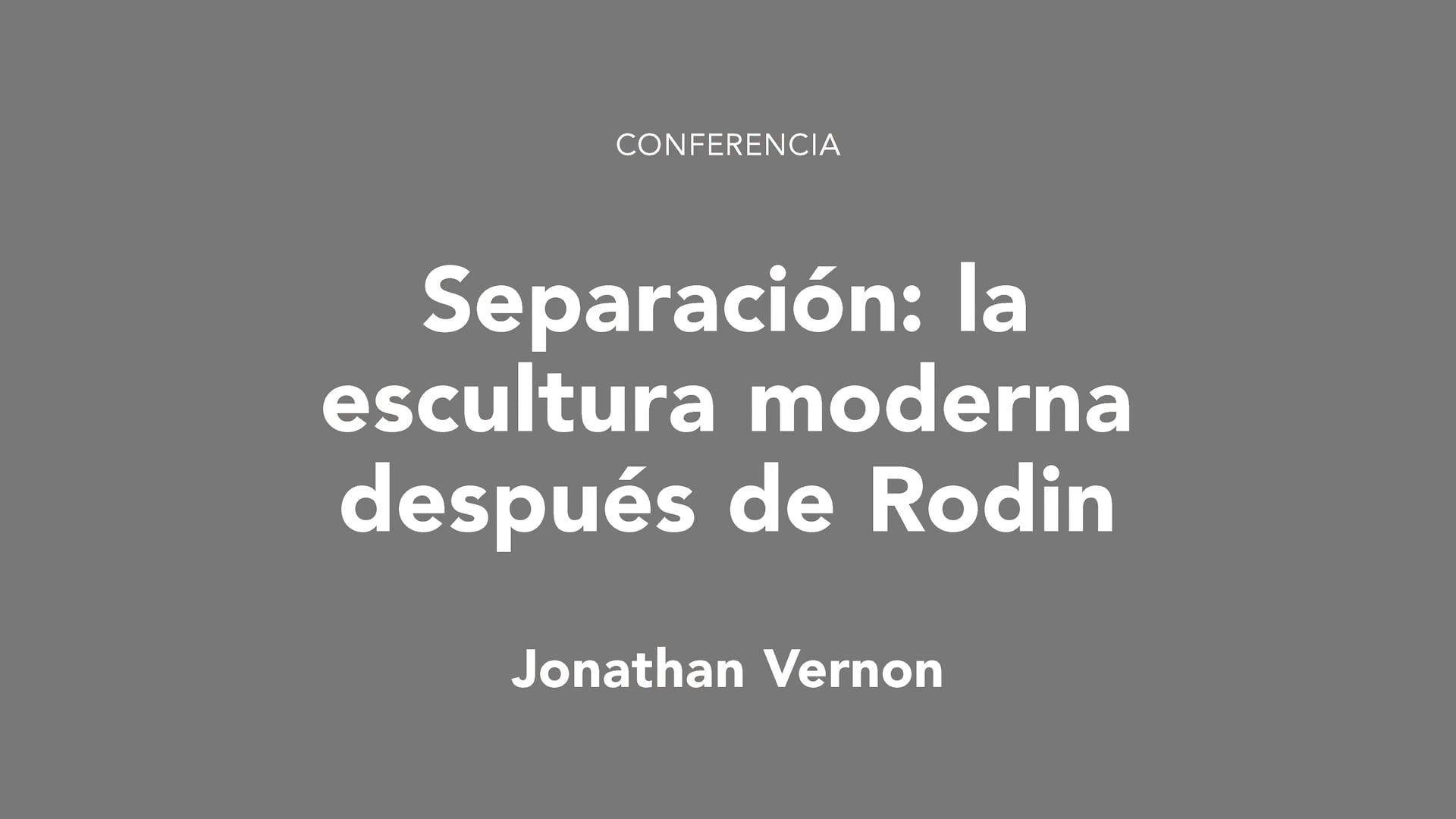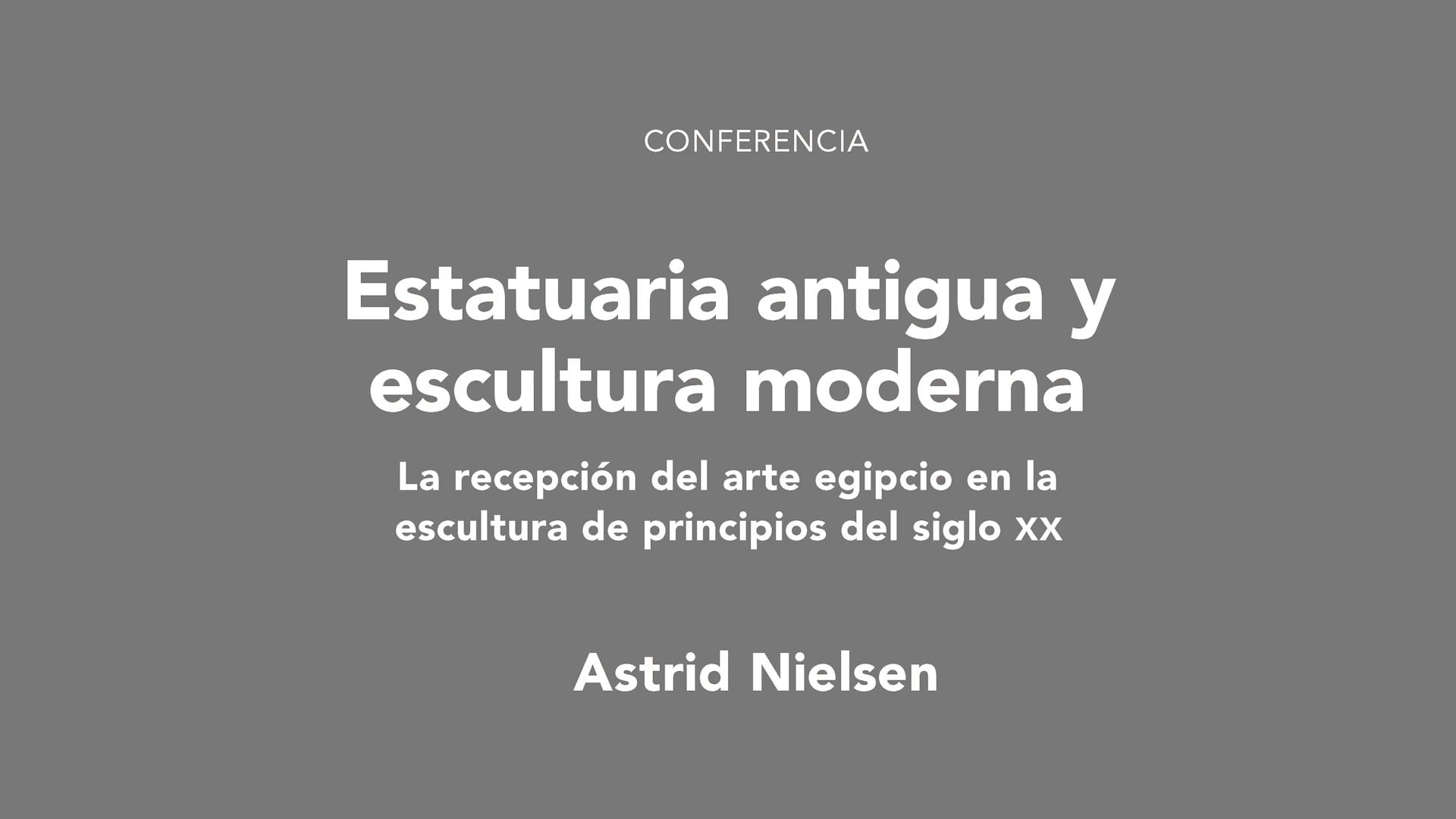
May 9 —— 10, 2023
Past and Future of Modern Sculpture
International Seminar
A Plaster Cast of the “The Dying Slave” by Michelangelo Next to Picasso’s Sculpture “Head of Woman” (1931), Mougins, [1964-1972]. © Roberto Otero. Museo Picasso Málaga, 2023 © Succession Pablo Picasso, VEGAP, Madrid, 2023.
During the 19th century, sculpture was about to be excluded from the arts, and considered a noble craft. Just a revolution would liberate it from its destiny.
Werner Spies, Picasso’s trusted historian and a leading specialist in systematically cataloguing the artist’s sculpture, recounts that, in 1971, when the painter saw a first draft of his book with the images of the sculptures organized in his studio in Mougins, he expressed his emotion, exclaiming: “One gets the impression to have discovered an unknown civilization.”
The exhibition Picasso sculptor. Matter and body, which frames this seminar, is revealing of the above. It consists of a selection of artworks created along six decades in the trajectory of the artist that assume a clear testimony of the well-known and studied Picassian dialectical dynamism, crossing with inexhaustible audacity and proven creative rebellion the conventional classifications of tradition and avant-garde, or classicism and anticlassicism. This is an exhibition in which, like the unknown civilization to which Picasso himself referred, the tension of the ever-changing balance between the past and the future of the art of a precise historical moment is evident.
In the early twentieth century, classic statuary ceased to be the exclusive reference for European sculptors. They learned how to appreciate new artistic, formal, and conceptual possibilities in other cultures considered primitive at the time. The development of this new sensibility came with the massive call to the front in the First World War, which coincided with the death of Gustave Rodin in 1917. These factors prompted a shift in the aesthetics of sculpture. Forgetting Rodin—oublier Rodin, as it was known among the artists of that period—was a radical reaction to his way of envisioning sculpture.
However, the revolution in modern sculpture was brought about, not by conventional sculptors but by painters. Once the nineteenth century finished, it started years of experimenting with new languages and meanings. Gauguin, Matisse, and, of course, Pablo Picasso, among many others, liberated from the academy, felt capable of dictating the rules of the new sculpture in real time.
Subsequent generations of artists took the baton from those pioneers in modern sculpture, putting into practice alternative ways of formalising the artistic object until arriving at sculpture as we know it today, a conceptually and formally expanded field in which the ambition to “give physical life” to the human spirit does not seem to keep much attention.
As part of the exhibition Picasso Sculptor. Matter and Body, this seminar offers a survey of the genealogy of twentieth-century sculpture from its ancient sources until today
Interviews
Lectures



Programmes
Related Exhibition
Picasso Sculptor. Matter and Body







